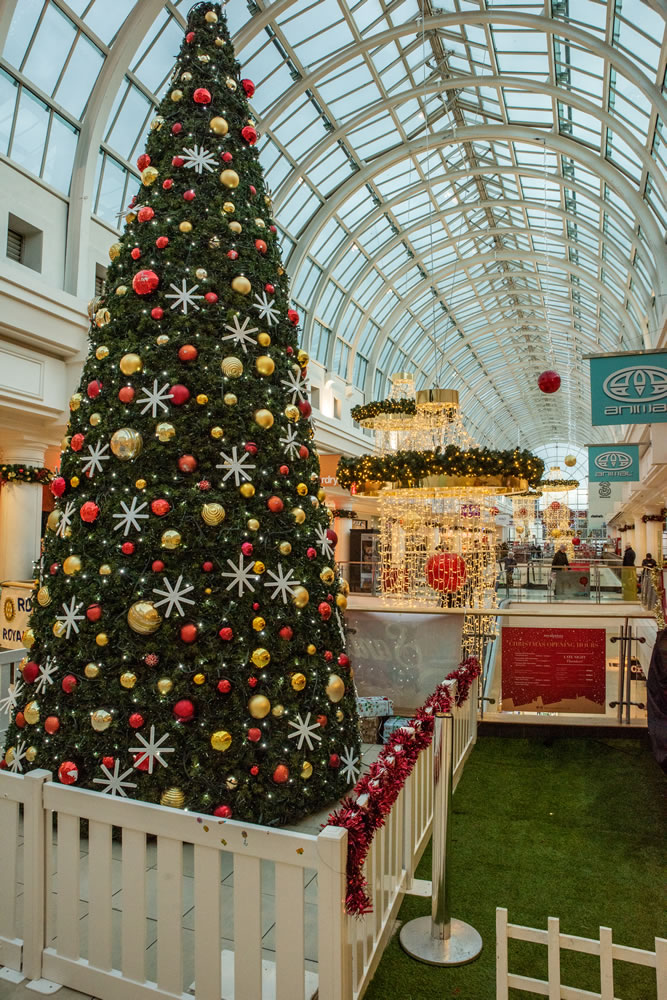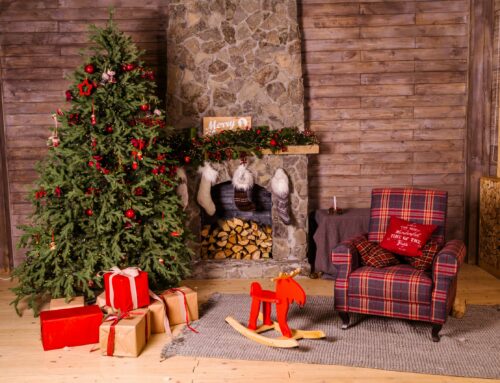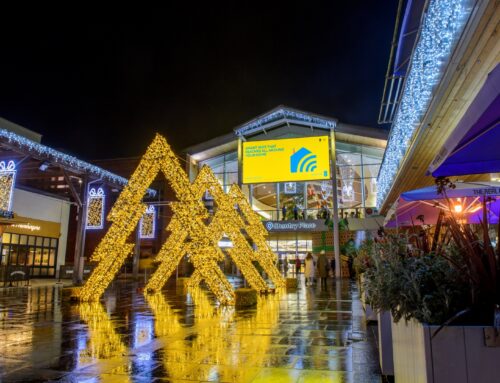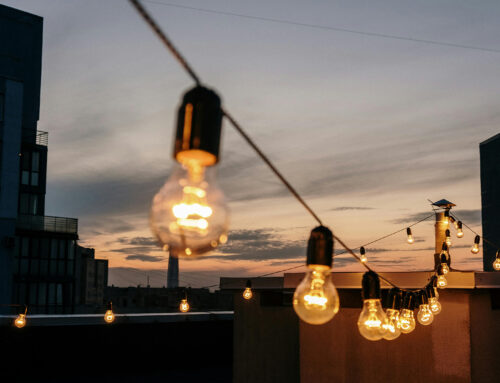It wasn’t until the industrial revolution that Christmas decorations became what they are today, starting with the Christmas tree. Christmas trees began to rise in popularity across the UK and America during the industrial revolution, after first being showcased across churches and households throughout Germany since the 16th century. They would originally be decorated with candles and small edible items such as apples, berries, and nuts and would be used in church plays to represent the ‘paradise tree’ from the garden of Eden. These edible decorations would start to transform into less perishable ornaments such as baubles, which would replace, although still represent, the apples on the ‘paradise tree’.
It’s not only Christmas trends that change every year, but it could also be the size of your home. It could be the location you put up the tree. There are lots of factors that influence the size and type of Christmas tree you choose.
Artificial Christmas trees have a Longer Lifespan than traditional real Christmas trees. Purchasing a tree in the last couple of weeks before Christmas is an excellent way to ensure your tree looks ‘lit’, but it could be looking a little worse for wear by the new Year. In comparison, artificial trees will look good not for weeks but years, plus an artificial Christmas tree is a lot more manageable for setting up and taking down than the traditional real Christmas tree.
The style, textures and height for an artificial Christmas tree are more varied than traditional Christmas trees. As Christmas draws closer, the selection of traditional Christmas trees will get less, whereas the choice of artificial trees will remain relatively unchanged the closer Christmas gets. Artificial Christmas trees can offer more options; if you are having some space issues, there are several ways you can still enjoy a fabulous Christmas tree.







Social Contact